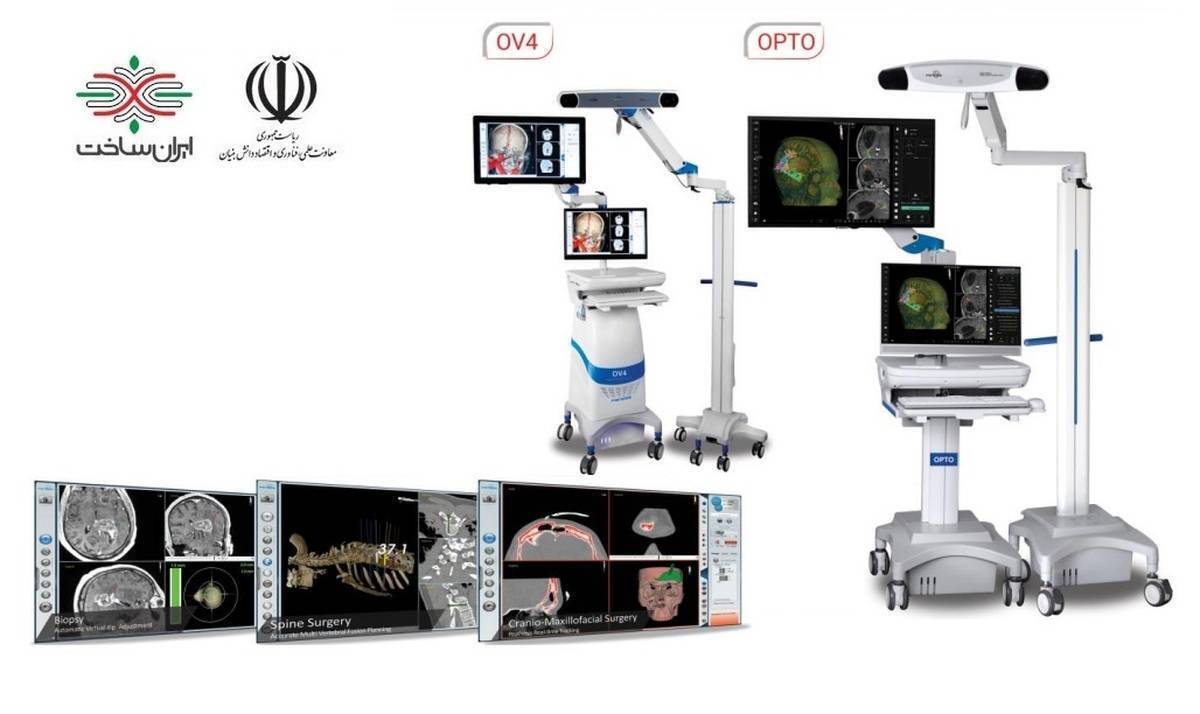Iranian Scientists Use AI to Help Surgeons Separate Cerebral Vessels during Operation

Alireza Ahmadian, the managing director of the knowledge-based company, described new technology as a comprehensive navigation system for brain, nerves, ear, nose, spine, jaw, face and throat surgeries, and underlined, “This system can perform all types of surgeries from biopsies to more complex surgeries and has a great impact on improving the quality and precision of operations.”
“This system plays an effective role, specially in complex and dangerous surgeries that led to high mortality in the past. In the field of brain and neurosurgery, this system has different capabilities, including use in deep brain stimulation and tumor dissection,” he added.
Ahmadian underlined the use of artificial intelligence tools to separate the cerebral vessels of each person in this surgical system, and said, “This innovative technology, using advanced deep learning algorithms, enables the analysis of complex medical data and brain imaging, and it can provide a detailed map of the vascular structure which can help surgeons plan their surgeries more accurately and reduce possible risks during the operation.”
“The use of this technology allows the surgeon to ensure that the tumor is completely removed without damaging the surrounding healthy tissues,” he said.
In a relevant development in 2022, a technological team consisting of several Iranian specialists in different scientific fields had also managed to build a device which shows the 3D images of the surgical site to the surgeon before operation.
"We are an interdisciplinary team of specialized fields of bone marrow, medicine, medical imaging, polymer engineering, and chemistry and we have produced a device that displays the surgical site to the doctor in 3D,” Mohammad Sadeq Tavalli, the managing-director of Narges Fanavaran Fars stationed at the incubator center of Islamic Azad University’s Shiraz branch.
“This product makes the specific surgical site in 3D and provides it to the surgeon based on the CT scan images and the surgeon's opinion before the operation and familiarizes the doctor with the disease’s conditions from different angles through pre-planning, and as a result, it increases the speed of operation and decreases bleeding in the patient,” he added.
"The device even gives the doctor the opportunity to take images before the surgery and check the patient's so-called cosmetic changes in the skull after the operation,” Tavalli said.
4155/v





















